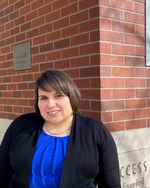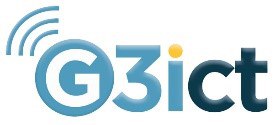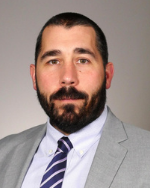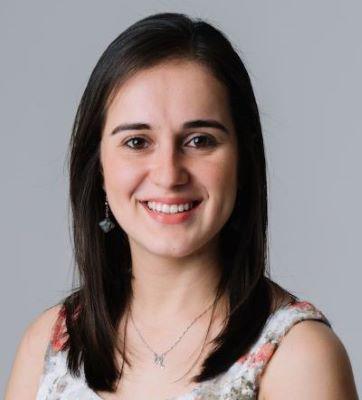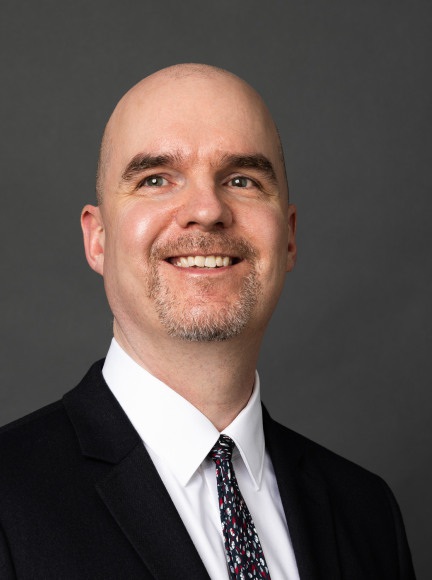CRPD Advocacy: Why Radio Spectrum Allocations for Persons with Disabilities May be Necessary by Andrea Saks, G3ict Permanent Representative to the ITU
Posted on September 30, 2014

G3ict Head of Delegation to the ITU
The only practical way forward following the requirements of the UNCRPD (the UN Convention of the Rights of Persons with Disabilities) appears to be the establishment of protected spectrum and status for disability and medical devices.

Historically, ITU-R only considers Primary services when considering compatibility between other services. Primary Services are services such as Maritime, Aeronautical, Broadcast and Satellite, including other fixed and mobile services.
Since the 1990s there has been a new kid on the block: Called Short Range Devices (SRDs) that operate unlicensed. These devices are not protected. This includes Assistive Listening Devices (ALDs), as well as Bluetooth and medical devices. Such examples include hearing aids, assistive hearing systems used in schools, cochlear ear implants, mobile medical tracking or monitoring devices (insulin pumps), as well as Bluetooth connections and even some remote control devices.
Within ITU-R many refer publicly to SRDs as “gadgets,” and, in this context, not worthy of consideration or recognized in any protected status at the international level. But these “gadgets” have a great influence on improving or even saving the lives of those with disabilities, in addition to those previously mentioned: social alarms and medical devices, including remote monitoring, have a direct impact on citizens.
Without appropriate criteria to protect these devices in the radio regulations, these devices could be adversely affected. They could even stop working causing results that could endanger peoples’ lives especially in the case of medical devices and ALDs that aid persons with hearing impairments.
The problems:
- The mobile user equipment (UE) is likely to come into close physical contact with an ALD/SRD user or school classroom, or even be used by a person with an ALD/SRD, and the most susceptible ALD/SRDs will be those operating on the 2.4GHz band. The UE could also cause interference to ALD/SRDs using other frequencies or via the Bluetooth link used by many ALD/SRDs.
- A second problem for 2.4GHz equipment will be the unwanted energy from the UE appearing in the receiver reception bandwidth and the possibility of transmitter intermodulation.
- The third problem is congestion: Currently most, if not all SRDs in this band, use a protocol that allows them to share spectrum and on a voluntary basis which works well if it is respected. However, if the lower channels are unusable due to interference from mobile phones, the remaining spectrum will have to satisfy all the traffic previously spread out on all channels. Considering schools, many devices are in use at the same time. For example Wi-Fi, radio microphones, AV equipment, and Bluetooth would be in use simultaneously. This could also include alarm systems and M2M which are all in use in addition to the ALDs connecting the teacher to the pupil directly and cochlear implant systems that are becoming more widespread. Add any medical devices and you begin to get the picture of congestion. Then someone walking by the class room using the mobile phone and you would have every possibility of encountering severe blockage. Another situation common in many schools and educational establishments is that mobile network transmitters were unwittingly placed on school buildings. If the 2.3-2.4GHz band transmitters are mounted on the school, both base station and UE interference will be a probability.
- The only practical way forward following the requirements of the UNCRPD (the UN Convention of the Rights of Persons with Disabilities) appears to be the establishment of protected spectrum and status for disability and medical devices. This outcome would have equal benefit for the many who use also use SRDs.




